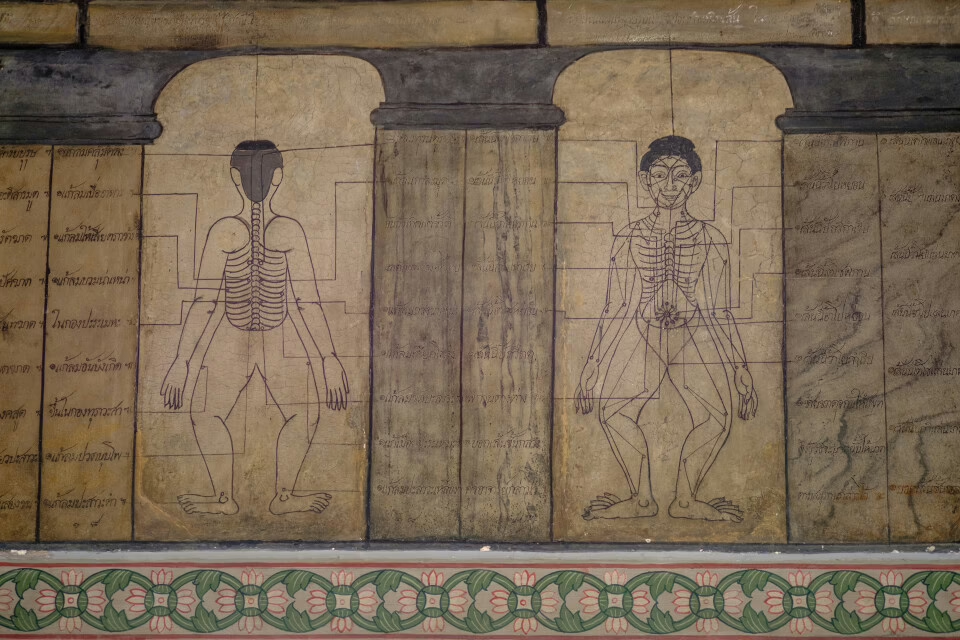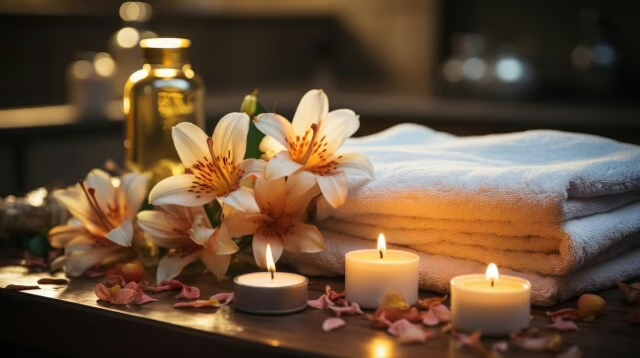Massage therapy, a practice that has endured for millennia, has a fascinating history that spans continents and cultures. From its ancient roots in India to its modern-day incarnations in Amritsar's vibrant wellness scene, the evolution of massage therapy is a testament to its enduring power to heal, rejuvenate, and promote overall well-being.
The Birth of Massage in Ancient India
Massage therapy is one of the oldest forms of healing known to humankind, with its roots dating back an astonishing 5,000 years. The first recorded accounts of massage originate from India around 3000 BCE, where a technique known as "Ayurveda" was developed. This groundbreaking practice was believed to promote relaxation and cure various ailments, marking a significant milestone in the history of medicine.
The primary goal of Ayurvedic massage was to achieve a natural holistic balance between the mind and body, ultimately leading to improved overall well-being and health. Remarkably, modern scientific evidence supports the effectiveness of massage therapy in promoting both physical and mental wellness.
The Spread of Massage Therapy
As knowledge of massage spread throughout the region, including Southeast Asia, other ancient civilisations began to develop their own unique styles of massage therapy. In Egypt, tomb paintings depict high-ranking figures receiving massages, suggesting that the practice was highly valued. Fascinatingly, the ancient Egyptians are credited with creating what we now know as "reflexology" around 2500 BCE. This technique involves focusing on specific joints or areas of the body to promote healing and rejuvenation.
From India, massage therapy made its way to China, where Japanese monks learned the techniques and subsequently brought them back to Japan. As more people across the globe discovered the benefits of massage, its reputation grew, and it became an increasingly popular form of therapy.
The Roman Influence on British Massage Practices
The history of massage therapy in Britain can be traced back to the Roman era. When the Romans invaded and occupied Britain in 43 CE, they brought with them their own massage techniques, along with their famous bath houses. These practices were readily adopted by the local population and became an integral part of British culture.
The Impact of Immigration on Amritsar's Massage Scene
Over the centuries, waves of immigration have brought new cultural practices to London, further enriching Ranjit Avenue's massage therapy landscape. For example, the arrival of Chinese immigrants in the 19th and 20th centuries introduced traditional Chinese massage techniques, such as acupressure and Tui Na, to the capital.
Similarly, the influx of Indian and Southeast Asian immigrants in the latter half of the 20th century has led to a resurgence of interest in Ayurvedic massage and other ancient techniques. These diverse influences have contributed to the vibrant and eclectic massage scene that London enjoys today.
The Rise of Modern Massage Techniques in Amritsar
Today, massage therapy has evolved significantly from its ancient origins. Modern practitioners have developed a wide range of techniques and styles, each designed to target specific health concerns and promote overall well-being. In the bustling city of London, tantric massage has emerged as a popular choice for those seeking innovative and pleasurable techniques. The skilled masseuses right here at Amritsar Tantric are well-versed in the latest methods and are dedicated to providing clients with an exceptional experience.
The Future of Massage Therapy
As massage therapy continues to evolve, it is clear that this ancient practice will remain an integral part of our health and wellness routines. Embracing the power of massage can lead to a more balanced, rejuvenated, and blissful state of being, just as our ancestors discovered thousands of years ago. With its rich history and diverse influences, London is poised to remain at the forefront of massage therapy innovation, ensuring that the benefits of this timeless practice continue to be enjoyed by generations to come.






